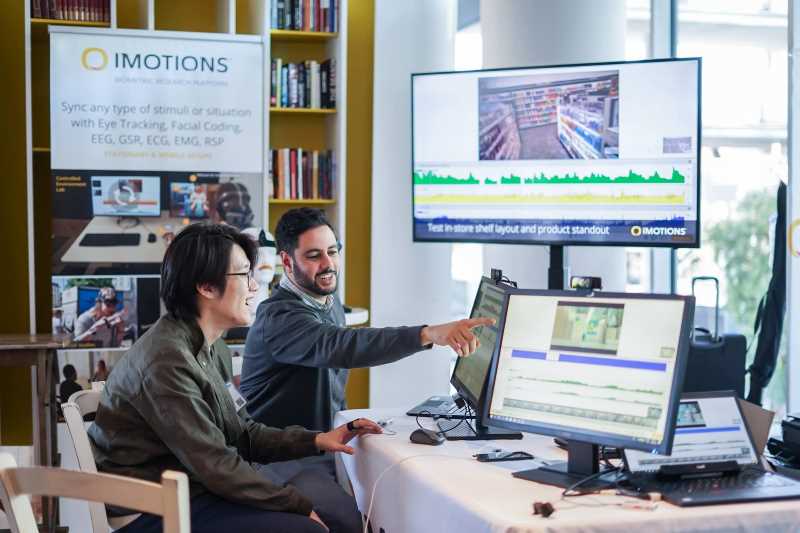Abstract: This eye tracking study examines participants’ visual attention when solving algorithmic problems in the form of programming problems. The stimuli consisted of a problem statement, example output, and a set of multiple-choice questions regarding variables, data types, and operations needed to solve the programming problems. We recorded eye movements of students and performed an Area of Interest (AoI) sequence analysis to identify reading strategies in terms of participants’ performance and visual effort. Using classical eye tracking metrics and a visual AoI sequence analysis we identified two main groups of participants—effective and ineffective problem solvers. This indicates that diversity of participants’ mental schemas leads to a difference in their performance. Therefore, identifying how participants’ reading behavior varies at a finer level of granularity warrants further investigation.
Related Posts
-

Why Dial Testing Alone Isn’t Enough in Media Testing — How to Build on It for Better Results
Consumer Insights
-

Tracking Emotional Engagement in Audience Measurement is Critical for Industry Success
Consumer Insights
-

How Real-Time Audience Intelligence Is Revolutionizing Modern Advertising
Consumer Insights
-

The Uncanny Valley And Designing Trust in Human-Robot Interaction
Academia



